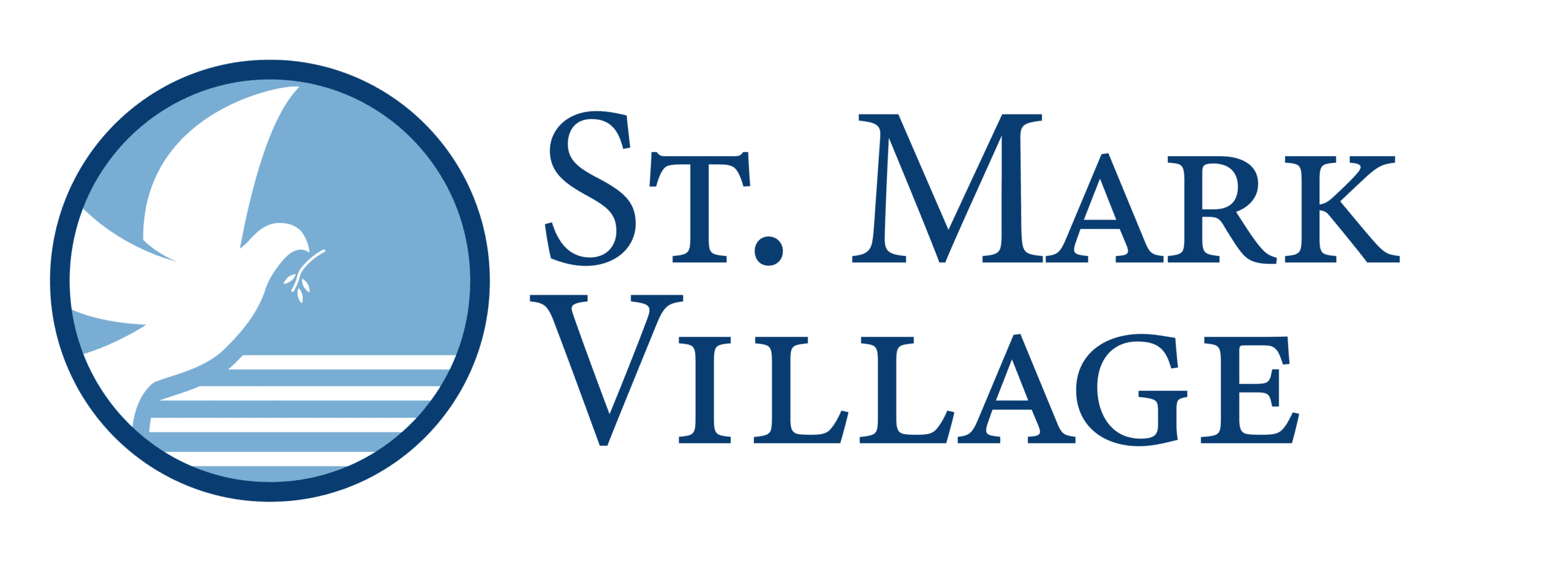
Paying for senior living is not unlike other major purchases in life: you do much better when you research all the funding options available to you. In fact, you might be surprised just how many sources of financial assistance there are. Here are some of the most popular options.
Funding Senior Living: 5 Options to Consider
Bridge Loans
For many older adults, their house is their most valuable asset, but the proceeds from its sale may be needed for paying for senior living. Obtaining a short-term bridge loan can give them time to get the house ready to sell, wait for the best offer, and for the sale to close. A bank or finance company may loan the homeowner money on an asset (usually the home), and the loan is then paid off once the asset is sold or liquidated.
St. Mark Village has partnered with Second Act Financial Services to provide a bridge financing program when you want to enjoy the best of both worlds by moving now, with financial flexibility and time to sell your home for the best possible price. In addition, the Moving Solutions team can also assist with helping you find a realtor, as well as prepare, list and sell your home while keeping you apprised every step of the way.
Reverse mortgage
A reverse mortgage is a type of home equity loan for homeowners aged 62 or older. It allows borrowers to access a portion of the home’s equity and uses the home as collateral. The loan generally does not have to be repaid until the last surviving homeowner permanently moves out of the property or passes away.
It may make sense as a source of paying for senior living for people who don’t plan to move, who can still keep up with the cost of home maintenance, property taxes and insurance and those who want to access the equity in their home to supplement income in retirement.
Long-Term Care Insurance
Long-term care (LTC) insurance helps to pay for the cost of home care, adult day care, assisted living, memory care, skilled nursing, respite care and hospice by covering services typically not covered by health insurance, Medicare or Medicaid. Policies often even cover some homemaker services, such as meal preparation or housekeeping as long as it is in conjunction with the personal care services you receive.
People often need long-term care when they have a serious, ongoing condition or disability, such as following a heart attack or stroke. However, long-term care is most often needed as a person ages, grows more frail, or as their illness worsens. The longer you wait to purchase a policy, the more it will cost.
Insurance conversion
The insurance conversion option for funding senior living allows you to convert a life insurance policy into a Long-Term Care Benefit Plan. Anyone with an in-force life insurance policy can transform it into a pre-funded financial account that disburses a monthly benefit to help pay for long-term care needs such as home care, assisted living, skilled nursing, and hospice. Unlike life insurance, this account is a Medicaid-qualified asset.
Veterans Aid & Attendance
Wartime veterans or a surviving spouse with limited income may be eligible to receive a non-service-connected pension to assist in paying for long-term care such as assisted living, home health care, adult day care or skilled nursing. Known as Aid & Attendance (A&A), this increased monthly pension amount may be added to your monthly pension if you meet certain conditions. This funding source is often overlooked when considering options for paying for senior living.
Remember, a Continuing Care Retirement Community (CCRC) might be more affordable than you think.
With a CCRC, you can move in knowing that you will receive the care you need as long as you need it, even if your financial situation changes. You need never move again, and you enjoy a vibrant, exceptional lifestyle filled with services, amenities, and companionship. This makes a CCRC a very attractive choice, but because of the large up-front admissions fee, some seniors assume this option is out of their reach.
However, potential tax advantages can change everything. The key is to look past the sticker price to what you are actually paying for senior living, once the tax advantage is factored in.
When you move to St. Mark Village, the IRS recognizes a percentage of both the Admission Fee and the monthly service fee as a pre-paid medical expense deduction. In addition, the IRS allows you to go back three years and amend your taxes. Each year, residents are provided with a letter outlining the calculated percentages allowable for deductions. Further explanation and assistance is provided by our knowledgeable finance team.
We offer you a choice.
At St. Mark Village, we understand when it comes to financing senior living, one size does not fit all. That’s why we also offer multiple contract options—Traditional, Monthly Service Fee Discount, and 50% Refundable—so you and your family can choose the one that works best for your needs.
We welcome your questions and look forward to assisting you.
Live the good life and retire without worry! Download our free guide, Financial Planning Guide to Retirement Living at a Life Plan Community or contact us. We’d love to hear from you.

